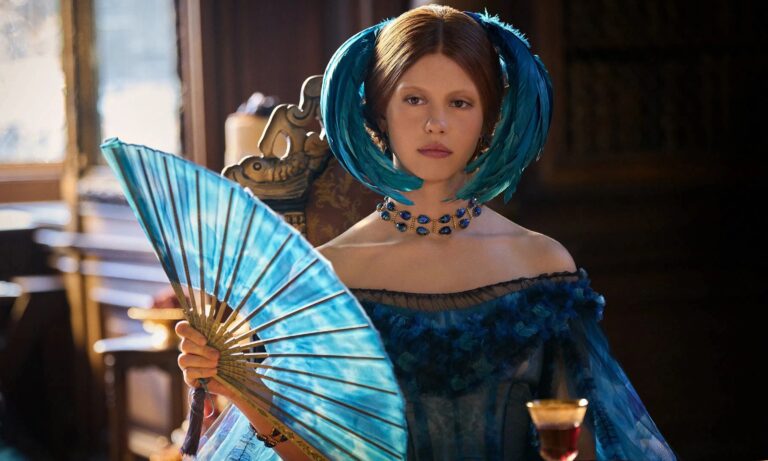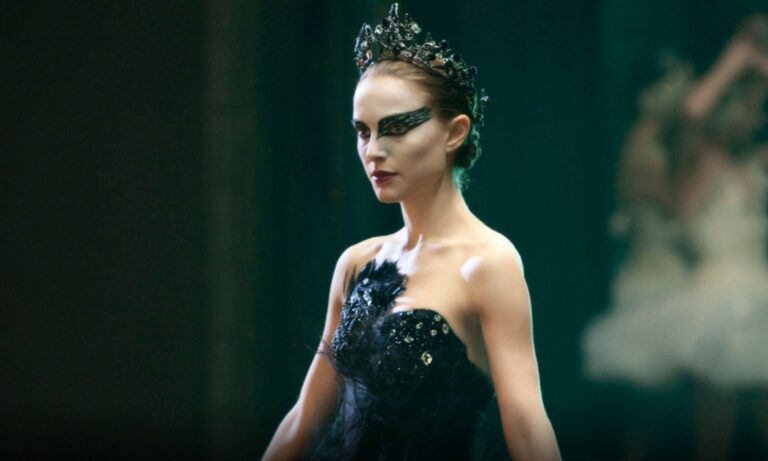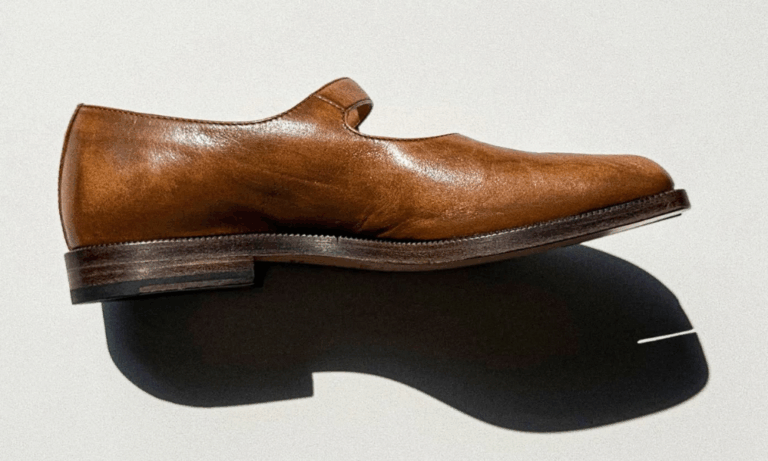Few films are as visually iconic as Frankenstein. While the story itself is rooted in Mary Shelley’s gothic exploration of ambition, humanity, and horror, the film’s costumes play an equally crucial role in shaping how generations perceive the Monster and his maker. Every stitch, silhouette, and fabric choice carried meaning, often subtle, always intentional. Here’s a closer look at how costume design helped define one of cinema’s most enduring characters.
THE MONSTER: A PATCHWORK OF HUMANITY AND HORROR.
The Monster’s costume is more than just ragged clothing, it’s a visual metaphor for his very existence. The frayed edges, ill-fitting garments, and heavy boots do more than convey brute strength. They tell the story of a being literally stitched together, a creature trying to fit, quite literally, into a world that was never made for him.
Key Symbolisms:
- Ill-Fitting Clothing: His jacket and trousers are always slightly too short or too large. This isn’t laziness in wardrobe, it symbolizes a body assembled from mismatched parts. The clothes echo the same theme: nothing aligns perfectly.
- Muted, Monochrome Palette: Browns, blacks, and greys were used to emphasize his lack of identity. He isn’t tied to any class, culture, or era. He’s a blank being, or rather, a being robbed of the chance to form an identity.
- The Boots: The Monster’s famously heavy platform boots do more than add height. They give him an unnatural, dragging gait, reinforcing his otherness. It also hints at the burden he carries, the weight of a life he didn’t choose.
DR. FRANKENSTEIN: THE MAN WHO PLAYS GOD.
While the Monster’s costume speaks to chaos and the unnatural, Dr. Frankenstein’s wardrobe contrasts sharply with order, precision, and status. His costumes visually reinforce his obsession with control and his refusal to accept the consequences of what he creates.
Key Symbolisms:
- White Lab Coat: Clean, clinical, almost sterile, the coat symbolizes his ambition to elevate himself above moral and natural boundaries. It’s a visual cue for his desire to purify, to perfect, to create.
- High-Collared Shirts and Tailored Suits: These structured pieces emphasize restraint and rigidity. Frankenstein is wound tight, emotionally and intellectually, and his wardrobe mirrors this.
- Dark Waistcoats: A hint of gothic romanticism, they reflect his inner turmoil, ambition laced with fear.
ELIZABETH AND THE FEMININE SYMBOLISM
Contrasting Frankenstein’s dark obsessions, Elizabeth’s wardrobe radiates softness and innocence. She becomes the human counterbalance, fragile, emotional, hopeful.
Key Symbolisms:
- Light Fabrics, Soft Silhouettes: Her dresses often float, rather than cling. They symbolize vulnerability and purity, qualities that Frankenstein has abandoned in his pursuit of creation.
- White and Pastel Tones: The palette reinforces her role as moral and emotional clarity. She embodies what Frankenstein risks losing: love, humanity, and connection.
THE VILLAGERS: FEAR, TRADITION, AND COLLECTIVE JUDGMENT
The villagers’ costumes bring texture to the film’s social commentary. Their clothing is earthy, traditional, and uniform, highlighting their unity and resistance to anything that threatens the natural order.
Key Symbolisms:
- Rough Wool, Aprons, Leather: Practical materials reflecting a community grounded in the real world, unlike Frankenstein’s lofty ambitions.
- Repeating Silhouettes: Their sameness visually contrasts the Monster’s uniqueness, and the fear that uniqueness inspires.
HOW COSTUME DESIGN SHAPED A CINEMATIC LEGACY
The genius of Frankenstein‘s costume design lies in its clarity. Without a single line of dialogue, the clothes communicate character arcs, inner conflicts, and societal tensions.
They make us see the Monster as misunderstood, see Frankenstein as dangerously ambitious, see Elizabeth as the fragile promise of normalcy, and see the villagers as the embodiment of fear.
The film may be nearly a century old, but its costuming remains a masterclass in visual storytelling, proving that sometimes, a collar, a stitch, or a shoe can speak louder than any scream.
ALSO READ: BURO’S MUST-HAVE LIST: PIAGET’S ANDY WARHOL WATCH ‘COLLAGE’ LIMITED EDITION.




